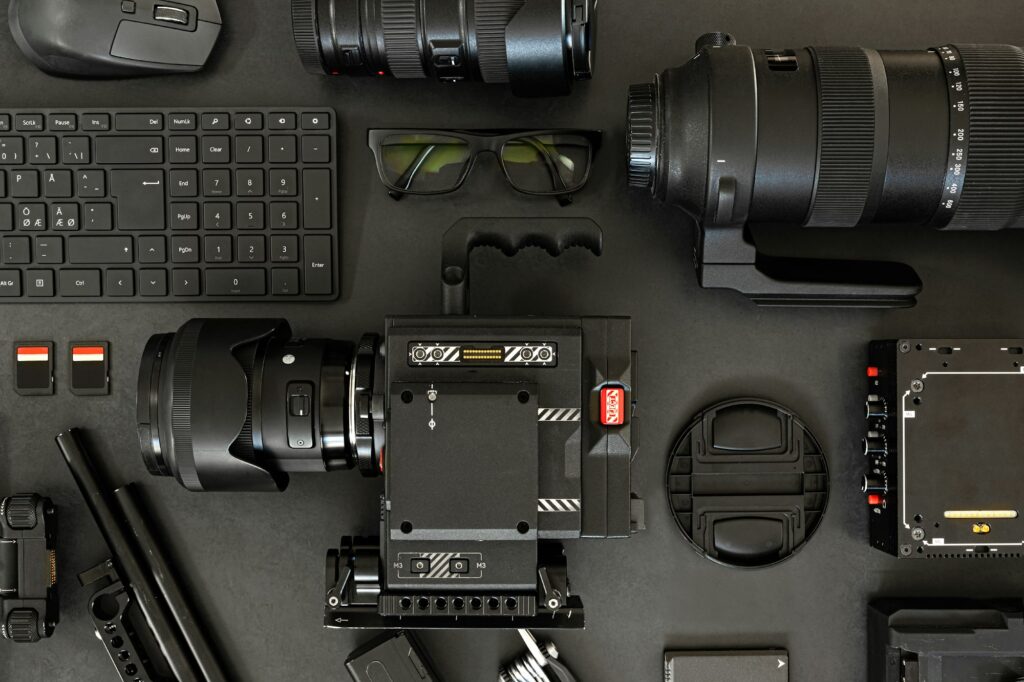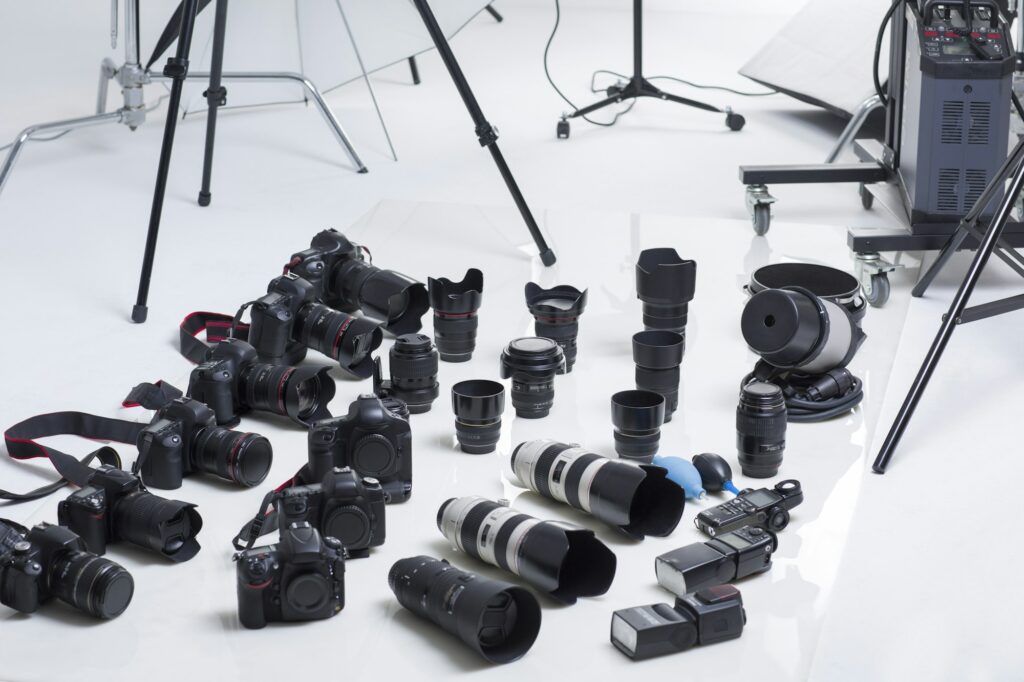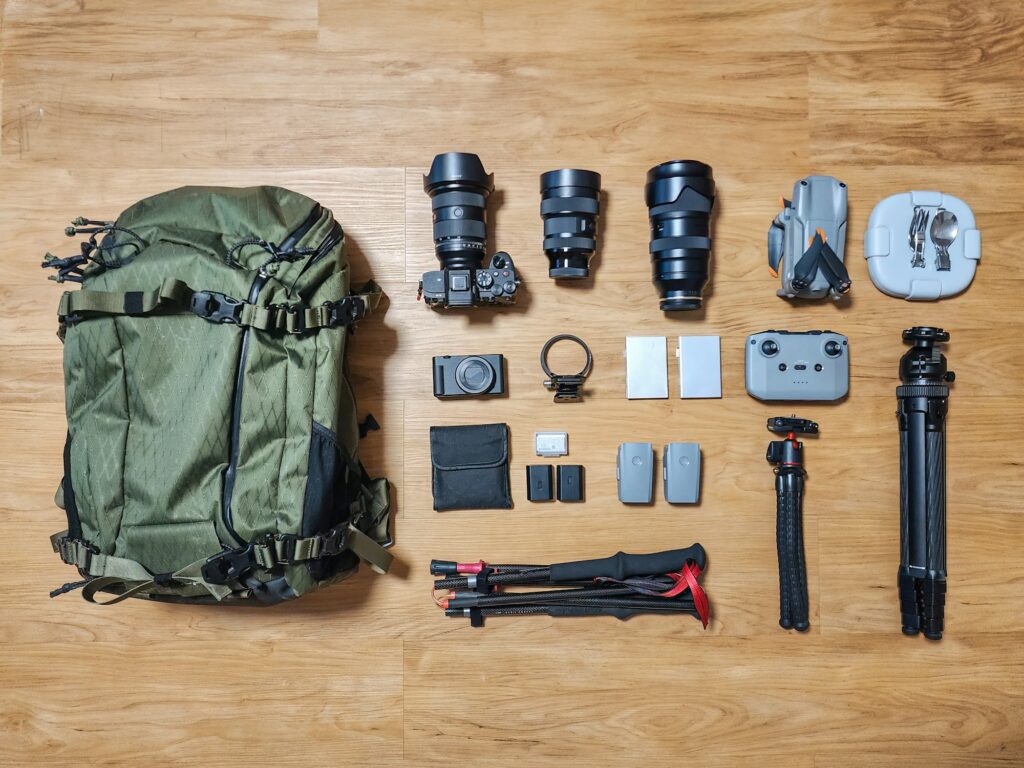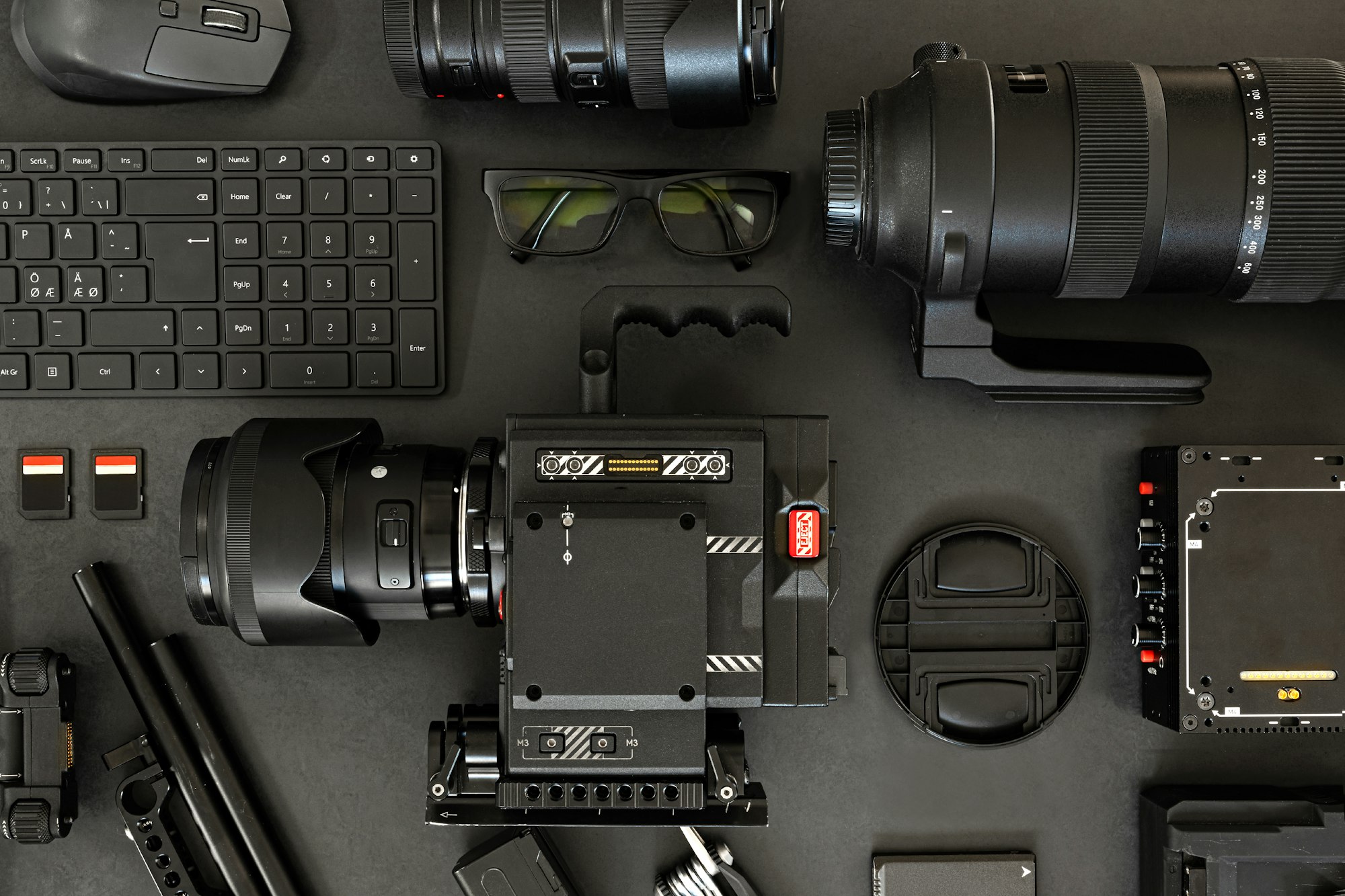Choosing the right digital camera can be a daunting task with the wide range of options available today. Whether you are a beginner or an advanced photographer, there are several key factors that should be taken into consideration to ensure you make an informed decision. In this comprehensive guide, we will explore the various factors that you should consider when choosing a new digital camera, including image quality, camera type, sensor size, lens options, shooting modes and features, ergonomics, budget, and more. By understanding these factors, you can find the perfect camera to suit your photography needs.

First and foremost, please keep in mind that the best camera is the one you can afford within these parameters. Do not get caught up in the hype of the latest and greatest camera on the market if it exceeds your budget or offers features you don’t necessarily need. Instead, focus on finding a camera that meets your specific requirements and preferences at the price you can comfortably afford. By doing so, you can ensure that you are getting the most value for your money and that the camera will serve you well for years to come.
When I first started out in photography, my first camera was a Nikon D3000 kit I bought with my tax refund. It was an entry-level DSLR but it served me well as I learned the basics of photography. As my skills and knowledge grew, I upgraded to a more advanced DSLR camera with better image quality and more features. Even then my next camera was a used Nikon D90 purchased from KEH. I was still unsure about investing in a brand new top-of-the-line camera, so buying used allowed me to explore other options without breaking the bank. As I gained more experience and expanded my photography business, I decided to invest in a professional-grade DSLR camera, specifically the Nikon D800 and then the D850. This upgrade allowed me to capture high-quality images and take my photography to the next level. So, my advice is to start with a camera that fits your budget and skill level, and then upgrade as you progress.
As you go further in your photography journey, you’ll understand what you need your camera to be capable of.
Lets dive in!
- Image Quality:
Image quality is one of the most crucial aspects of a digital camera. It encompasses factors such as resolution, dynamic range, low-light performance, color accuracy, and noise levels. Higher resolution sensors capture more detail, but they tend to produce larger file sizes. Determine the level of detail you need based on your intended use of the images.
Consider the camera’s sensor size, as larger sensors generally yield better image quality, especially in low-light conditions. Full-frame sensors offer superior image quality compared to APS-C or Micro Four Thirds sensors, but they tend to come at a higher price point. Assessing the dynamic range and noise performance, especially at higher ISO settings, is also essential, particularly for landscape or low-light photography.

2. Camera Type:
There are several camera types available, each catering to different photography needs. These include:
- DSLR (Digital Single Lens Reflex) cameras: These offer a broad range of lens options, excellent image quality, and advanced features. They are well-suited for professional photographers or enthusiasts.
- Mirrorless cameras: These cameras are smaller and lighter than DSLRs, but still offer interchangeable lenses and high-quality image sensors. Mirrorless cameras often offer features like silent shooting and 4K video recording, making them suitable for both photography and videography.
- Compact point-and-shoot cameras: These are smaller, lightweight cameras with fixed lenses, suitable for casual photography or those who prefer simplicity and portability.
- Bridge cameras: These offer advanced features and manual controls similar to DSLRs, but with a fixed lens. They are a good option for those who want greater versatility without the need for interchangeable lenses.

3. Lens Options:
For DSLRs and mirrorless cameras, lens options are a crucial consideration. Assess the availability and variety of lenses compatible with the camera system you are considering. Different lenses cater to various photography genres, such as wide-angle lenses for landscapes, telephoto lenses for wildlife or sports, and macro lenses for close-up shots. Consider the price, range, and quality of the lenses offered by the manufacturer or third-party brands.

4. Shooting Modes and Features:
Evaluate the shooting modes and features offered by the camera. Look for features like full manual controls, aperture priority, shutter priority, and program modes if you prefer creative control. Features like image stabilization, autofocus speed and accuracy, burst shooting, and built-in Wi-Fi or NFC connectivity are also worth considering for specific shooting situations or ease of sharing images.
Additional features such as built-in HDR (High Dynamic Range), time-lapse, panorama, or in-camera image processing capabilities can further enhance your photography options. Assess the importance of these features based on your preferred shooting style and the level of post-processing you are comfortable with.

5. Ergonomics and Interface:
The camera’s ergonomics and interface are important factors for comfort and ease of use. Consider the size and weight of the camera, as it should feel comfortable in your hand. Test the placement and accessibility of buttons, dials, and the menus to ensure they are intuitive and easy to navigate.
If possible, try out the camera in person or read reviews from other users to get a sense of the user experience. A camera that feels comfortable to hold and operate will enhance your shooting experience and allow you to focus on capturing the moment.

6. Budget:
Set a clear budget for your camera purchase. Digital cameras are available across a wide price range, and understanding your financial limitations will help narrow down your choices. Consider investing in a camera body with good image quality and expandability options. Remember that lenses and accessories will add to the overall cost, so allocate an appropriate portion of your budget for those as well.
It is essential to strike a balance between your budget and the desired features and image quality. Prioritize the features that are most important to your photography style and adjust your budget accordingly.

7. Brand and Customer Support:
Consider the reputation of the brand and customer support provided. Established camera manufacturers often have a wide range of lens options, firmware updates, and robust customer support services. Research the brand’s track record, customer reviews, and warranty policies to ensure a reliable and satisfying experience after purchase.

8. Reviews and Recommendations:
Conduct thorough research by reading online reviews, watching video comparisons, and seeking recommendations from trusted sources. Professional photographers, photography communities, and online forums can provide valuable insights based on their firsthand experiences with different camera models.
Take note of reviews that highlight image quality, ergonomics, durability, and customer support issues. Balance both positive and negative feedback to make an informed decision. Make use of the many Reddit forums and photography websites where users share their experiences and provide recommendations.
Head to your local camera store for hands-on experience with various camera models. They are happy to assist and answer any questions you have about different camera options. Keep an eye out for photography conventions near you as those are great ways to test out new equipment truly. Always bring a few memory cards to take some test shots and bring them home to play with in post. At these shows they tend to make deals and give a better discount for trade in.

Choosing the right digital camera requires thoughtful consideration of various factors such as image quality, camera type, lens options, shooting modes and features, ergonomics, budget, and brand reputation. By understanding and weighing these factors, you can find a camera that suits your photography needs and preferences.
Remember to consider your specific photography requirements, whether you are a beginner or an advanced user, and the genres you are interested in. Prioritizing the features and capabilities that matter most to you will help guide your decision-making process. Additionally, take the time to handle cameras in person, read reviews, and seek recommendations from trusted sources to gain further insights before making your final choice.
Investing in a suitable digital camera will enhance your photography experience, enabling you to capture stunning images that reflect your creativity and style.
I hope this helps make the search for gear easier!
Happy Shooting,
<3 Ann

